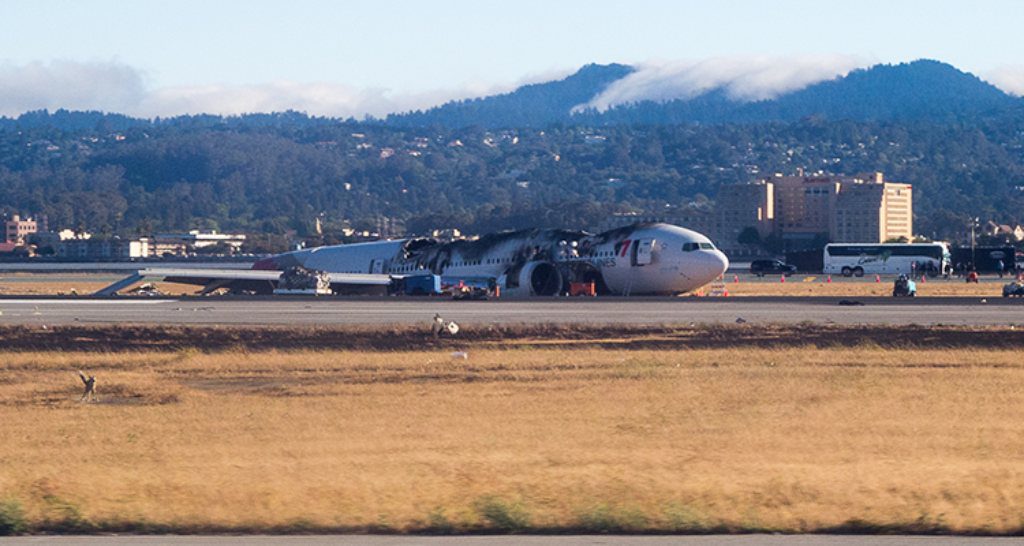
IESE Insight
Crisis communication: Manage social media
In our hyper-connected world, companies can't afford to wait to react to crises affecting their brand or reputation. Manage the crisis where it unfolds first: on social media.
On July 6, 2013, during a long holiday weekend in the United States, Asiana Airlines Flight 214 crashed while landing at San Francisco Airport (SFO). Two passengers were killed at the crash scene, and a third would die later in a hospital. All three were teenagers.
Within seconds, a witness boarding another flight at SFO shared a photo of the crash scene on Twitter. Reporters tweeted back to interview her. The first surviving passengers posted online minutes later. Aircraft manufacturer Boeing then made a statement of support, as did a competing airline with flights at SFO, but there was still no word from Asiana. Criticism mounted.
This high-stakes case study helps illustrate the new rules for crisis communication in the 21st century. One key takeaway is to prepare a communication plan in advance, because there is never enough time to think strategically when you need to communicate most.

Here is some of the advice from a recent Webinar with communications expert, Yago de la Cierva:
Speak up
In an emergency, interacting on social media is essential, so that everyone understands that your company's first concern is people.
Whenever there's a serious accident, people will be talking about it on social media. With phones always in their pockets, witnesses will share photos and thoughts: they will not be quiet. The only possible silence is from the company.
Plan in advance
One of the worst things you can do is improvise during a crisis. For the best solutions, you want a well-planned strategy, designed during an opportune time, with the help of all those who can contribute. You need to have a plan made for social networks, the first place people will find out something has happened.
To communicate in a crisis, sometimes we must rely on people who are very adept digitally, but perhaps not so good at strategy. Give these potential spokespeople a plan; provide them with material prepared in advance to help them think strategically. In the case of an emergency, they will know better how to react.
Open up the lines of communication
In a crisis, spokespeople don't have to be officially named as such. It's more important for the world to see that someone from the company is taking the initiative to speak. It's less important who that person is, if it's the first-line response to a crisis.
Keep in mind that what's now expected is that you are there, present. And even if you don't have much information, give all the information you do have with the promise that this line of communication is open, and whenever there is new information, it will be provided. Involve a lot of your staff. Think of receiving a heavy volume of phone calls: you want many people ready to answer those lines. If there are many points of contact with the public, we need various community managers to attend to them.
A crisis committee must delegate tasks and functions. A primary, crucial function, obviously, is managing the emergency itself. Yet, if we do not communicate with the public about what we are doing, the silence could become an even bigger problem.
Aim to serve
For crisis communication, there are many differences if it's handled by corporate communications or if it's handled by marketing. Marketing personnel can help, but everyone should remember that a crisis affects all corporate stakeholders. In an emergency, there is nothing to sell. The only job is to serve.
Companies are judged by the mistakes they make and by how well they then handle the mistakes they make. The judgments are harsher if we don't handle mistakes well.
The bottom line is that not communicating can have dire economic consequences for a company.
MORE INFO
- "How to Handle a PR Crisis: Practical Tips," for more information on Yago de la Cierva's book, Leading Companies Through Storms and Crises.
- "Lifesaving Tools for Crisis Management," an executive dossier from IESE Insight magazine.
